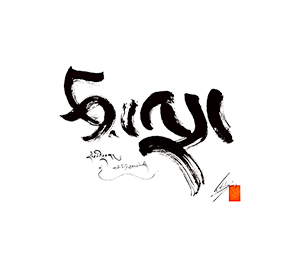Did ’Gos lo tsā ba gZhon nu dpal (1392–1481) Espouse a gZhan stong View?
< Articles(Redirected from Did 'Gos Lo tsā ba gZhon nu dpal (1392-1481) Espouse a gZhan sTong View?)
| Citation: | Mathes, Klaus-Dieter. "Did 'Gos Lo tsā ba gZhon nu dpal (1392-1481) Espouse a gZhan sTong View?" In Fifteenth Century Tibet: Cultural Blossoming and Political Unrest; Proceedings of a Conference Held in Lumbini, Nepal, March 2015, edited by Volker Caumanns and Marta Sernesi, 291–311. LIRI Seminar Proceedings Series 8. Lumbini, Nepal: Lumbini International Research Institute, 2017. |
|---|

